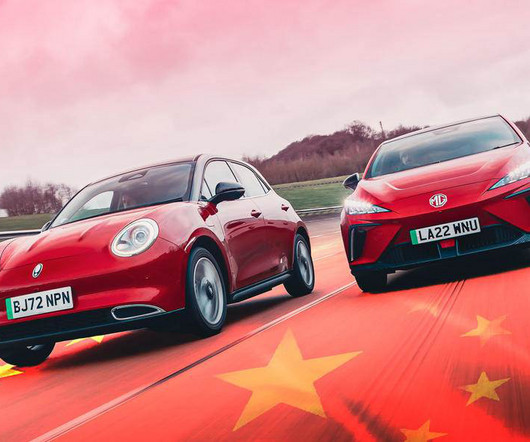TOAR shows present-day global ozone distribution and trends relevant to health; public database
Green Car Congress
FEBRUARY 6, 2018
In some parts of Asia, Africa and South America, the researchers identified data gaps which prevented them from characterizing ozone pollution exposure patterns. However, overall, Southern Hemisphere sites tend to have lower ozone pollution levels, and fewer days above 70 ppb. Source: University of Leicester. Click to enlarge.












Let's personalize your content